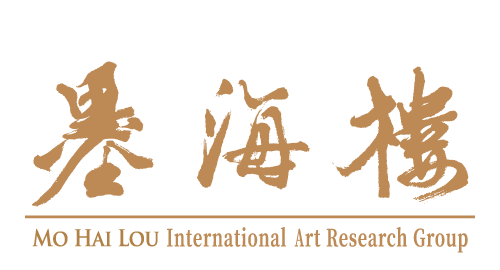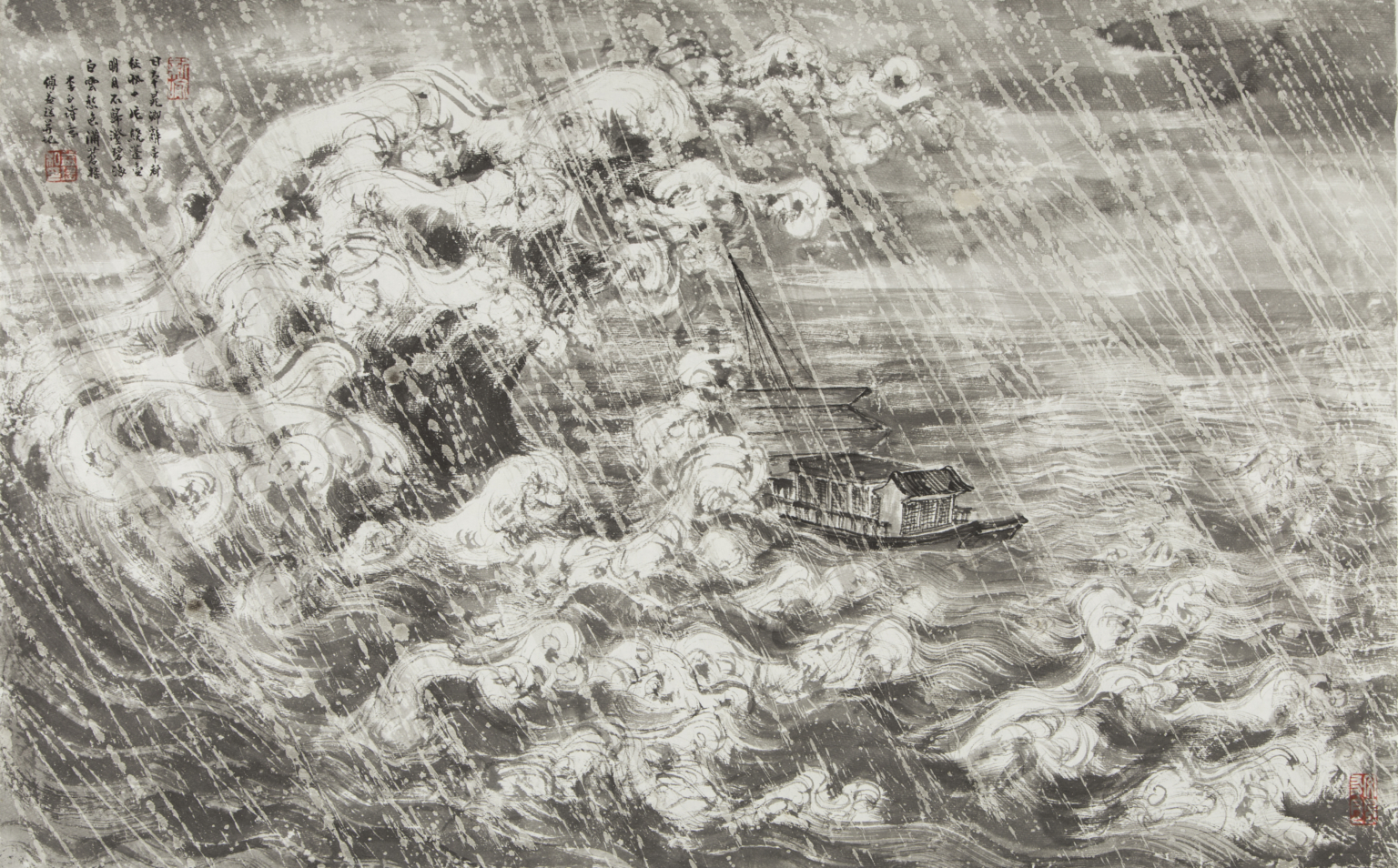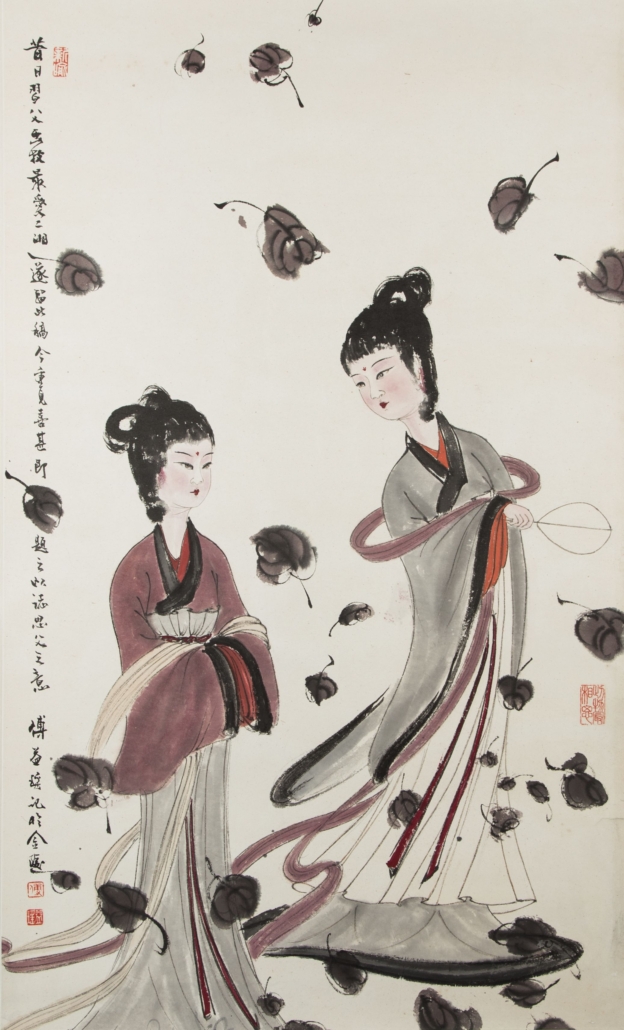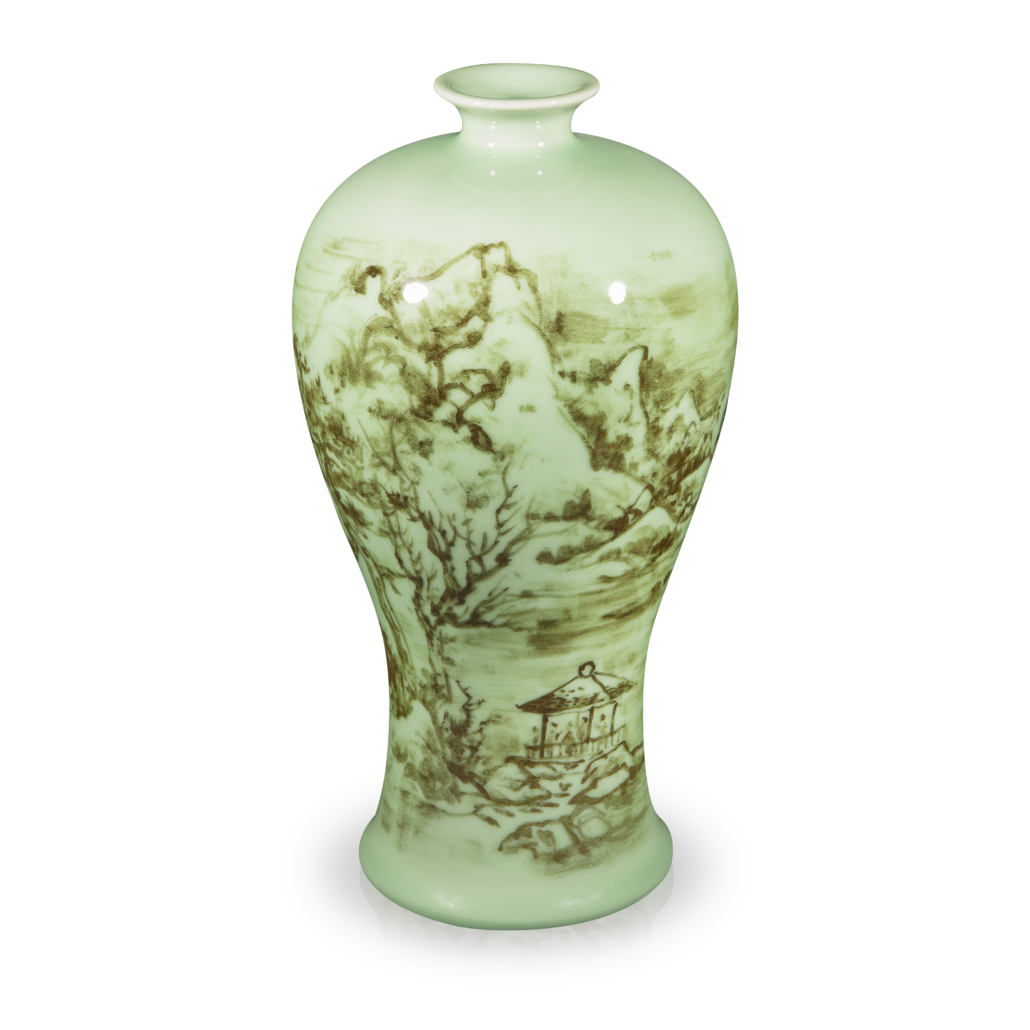ARTouch.com: Yao Qing Ji Yuan — Prominent Expatriate Artist in Japan, Daughter of Master Fu Baoshi, Fu Yi-Yao’s First-ever Solo Exhibition in Taiwan
The exhibition Yao Qing Ji Yuan — Prominent Expatriate Artist in Japan, Fu Yi-Yao’s First-ever Solo Exhibition in Taiwan, opened on October 26 and will run at the National Dr. Sun Yat-sen Memorial Hall in Taipei until November 2. Fu Yiyao is the beloved daughter of modern calligraphy and painting master Fu Baoshi, and she grew up surrounded by prominent figures in the art and culture world, including Zhang Daqian, Guo Moruo, Lin Sanzhi, and Lin Fengmian. After moving to Japan, she studied under great masters such as Hirayama Ikuo, Shiochi Eiyu, and Aoyama Kaju, and has achieved a revered position in the Japanese art world. Her artwork is internationally recognized, and she has exhibited at the United Nations. She has also won Japan’s highest art award, the “Ringa Art Encouragement Award,” making her the only Chinese artist to receive this honor. Additionally, Fu Yiyao has been invited to be a featured speaker on prominent Japanese TV programs such as NHK’s National Treasure 100 Selections and Sunday Art Museum, where her appearances have set high viewership records.
Fu Yiyao’s rain scene paintings are eclectic and full of variation, depicting dramatic scenes of surging waves in a thunderstorm. “Crying Over Chao Qingheng”, 60×94 cm.
Fu Yiyao’s snow scene paintings make viewers feel as though they are truly experiencing the scene. “Distant Cold Mountain Road”, 137×70 cm.
Dr. Ye Guo-Shin invited Fu Yiyao to Taiwan for this exhibition. The two had met years ago in the UK, where they formed a close sibling-like friendship. This marks Fu Yiyao’s first exhibition in Taiwan, where her works span classical arts, including paintings, calligraphy, and ceramics. Many pieces were specially created for this exhibition, showcasing the essence of her artistic development across various periods. Whether it is her stunning series inspired by her father’s style, her landscape paintings with elements of snow and rain, the grand wall painting Tian Tai Mountain Guo Qing Temple, the vibrant folk festival paintings such as Tokushima Awa Dance Festival, or the poetic paintings infused with Zen, and porcelain works that embody the vast universe in miniature—all of these can be viewed at this exhibition. Among the porcelain works displayed, a set of celadon was specially made for Fu Yiyao by the renowned Chinese national master Xia Hou Wen, awarded the “Lifetime Achievement Award in Chinese Arts and Crafts.” Fu Yiyao’s brushwork on this set demonstrates an exquisite combination of craftsmanship and painting artistry. Additionally, the blue and white porcelain works, crafted by the world-famous Jingdezhen master Huang Yunpeng, harmoniously complement Fu Yiyao’s delicate painting techniques.
This exhibition is a rare cultural feast, allowing viewers to experience how Fu Yiyao, as a female artist, uses delicate yet graceful brushwork to express her profound artistic energy, blending vastness and beauty in her creations and manifesting an ink-and-wash universe.
Fu Baoshi’s works are currently among the highest-priced pieces in the market for modern Chinese calligraphy and painting, with the base price of his authentic works exceeding NT$20 million per square meter. Fu Yiyao inherited her father’s artistic essence, and Guo Moruo praised her work as “landscapes that closely resemble her father’s.” There were even art dealers who offered exorbitant prices to purchase her works for forging purposes, but Fu Yiyao firmly rejected the offers. Important relics such as Fu Baoshi’s paintings, manuscripts, and seals were donated by the family to public museums like the Nanjing Museum, with a total value exceeding NT$10 billion. Throughout her life, Fu Yiyao has followed her family’s modest and humble principles, quietly creating her works, many of which can be found in Japan’s national treasure temples and major museums. These works are rarely seen unless specifically sought out.
Fu Yiyao’s figures painted in her father’s style are exceptional, with the elegant charm of the lady in the painting standing out. “Portrait of a Lady”, 102×62 cm.








